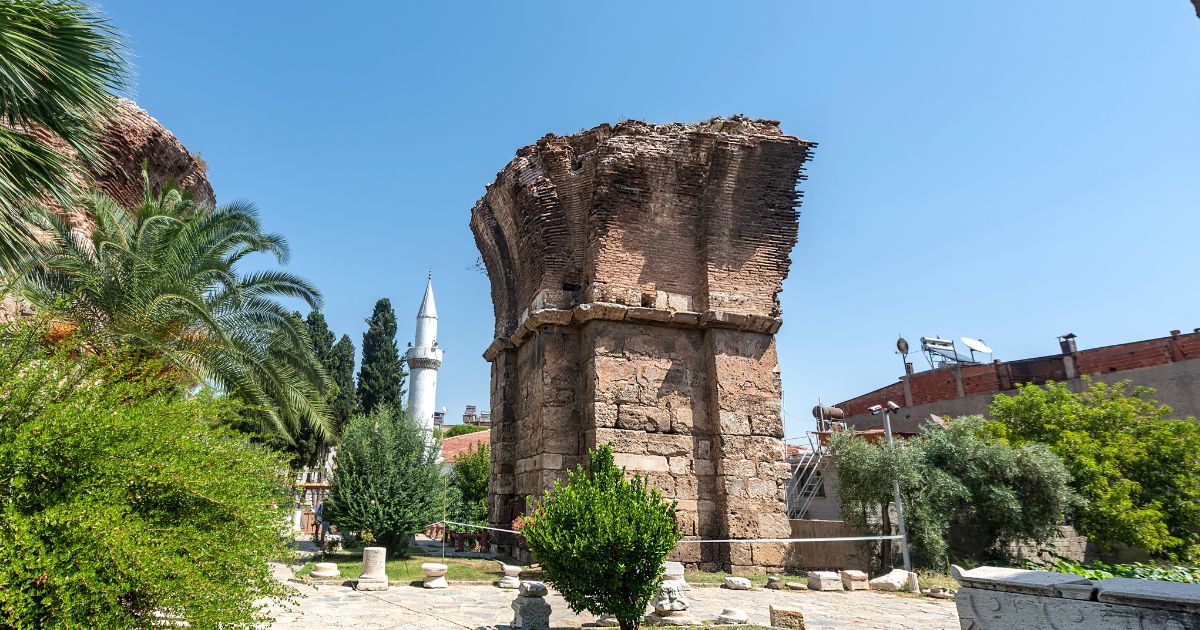A remarkable archaeological discovery has emerged from the Topraktepe site in the Karaman Governorship of south-central Turkey. A carbonized loaf of bread, estimated to date back to the 7th or 8th century, was recently uncovered by archaeologists. This find, announced on October 8, has drawn attention not only for its age but also for its intriguing inscription, which reads, “With gratitude to the Blessed Jesus.”
The loaf of bread is one of five found at what was once the ancient city of Eirenopolis. Archaeologists believe these loaves were likely baked for use in religious ceremonies, specifically for communion. The bread has been well-preserved and is considered one of the most significant examples from the Anatolia region, with its age estimated at over 1,200 years.
Symbolic Significance of the Discovery
The depiction of Christ on the loaf shows Him in a farming context, symbolizing fertility and labor, which were central themes in the religious thought of that era. This detail highlights the blend of everyday life and faith in the early Christian community. Giovanni Collamati, a professor of history at CEU San Pablo University in Madrid, remarked on the importance of such artifacts, noting that they reflect the local liturgical practices of common people, distinct from the elite worship typical of larger urban centers like Constantinople.
Collamati stated, “This was much more local liturgical worship that originates from people who do not belong to the elite but is a devotion much more of the common people.” This perspective emphasizes how faith was practiced in daily life, offering a glimpse into the spiritual lives of individuals during that time.
A Testament to Historical Continuity
The discovery of this ancient loaf serves as a reminder of the enduring nature of faith and its historical roots. As the message of Christ spread over the centuries, it reached diverse communities, shaping cultural practices and religious expressions. The bread, once discarded as a failure, has now become a significant piece of history, illustrating how even the smallest artifacts can carry profound meaning.
This find not only enriches our understanding of early Christian practices but also connects contemporary believers to their historical predecessors. Such connections remind us of the continuity of faith and the ways in which it has shaped human experiences throughout history.
As this remarkable piece of history is studied further, it promises to yield more insights into the daily lives and spiritual practices of those who lived during the early centuries of Christianity. The significance of this loaf of bread extends beyond its physical form, symbolizing a shared legacy that continues to inspire and resonate with people today.
